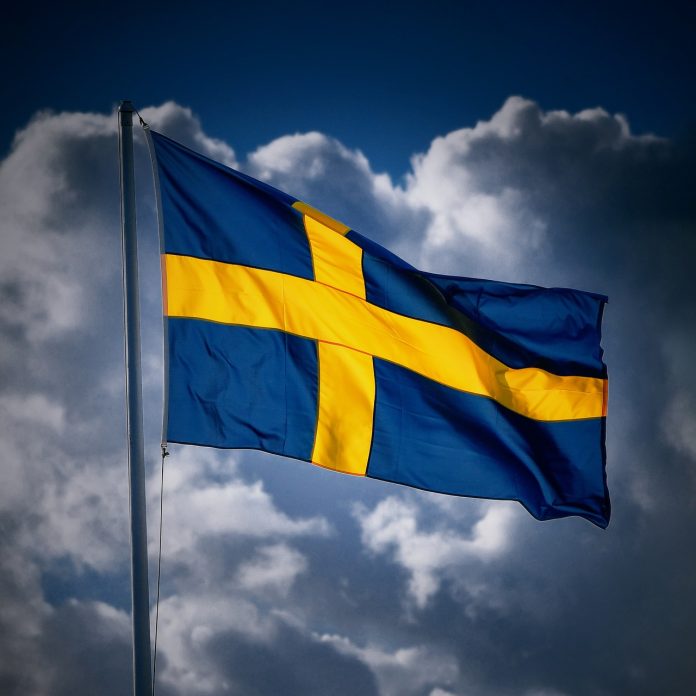By Federico N. Fernández, the CEO of We Are Innovation, a global network of 30+ think tanks and NGOs
In the face of the smoking epidemic that takes approximately 700,000 European lives each year, Sweden emerges as a remarkable outlier with its smoking prevalence reduced to 5.6 percent, compared to the European Union’s (EU) 23 percent. How did Sweden chart this path, and can other nations replicate their success? The We Are Innovation position paper, titled “Leading the way to a smoke-free future: The experience of Sweden,” comprehensively addresses these inquiries. What is captured next is a concise distillation of the report’s most significant insights and revelations.
The World Health Organization (WHO) has taken notable steps in addressing global health concerns. Among these were the 2003 Framework Convention on Tobacco Control (FCTC) and the 2008 MPOWER measures, which primarily utilized forceful methods in an attempt to curb smoking rates. They aimed at monitoring consumption, shielding the public from secondhand smoke, raising awareness about tobacco’s dangers, strictly enforcing bans on advertising, and hiking tobacco taxes. These measures, however comprehensive they may seem, only provided a part of the solution.
Enter Sweden, which did not merely adopt the WHO’s recommendations but blended them with a distinctive strategy. Theirs was not just a coercive approach but a combination of regulation, awareness, prevention, and an acceptance of alternative nicotine products.
Sweden’s adoption of alternative nicotine products represents a pioneering step. In the battle against smoking, the distinction between tobacco and smoking itself is vital. Smoking, not tobacco per se, is the epidemic the WHO targets. When not burnt, tobacco is present in those alternative nicotine products that have contributed to declining smoking rates in countries like Sweden. Their understanding that combating an addiction does not always mean outright elimination but can mean substitution is noteworthy. By allowing a shift from cigarettes to safer nicotine products, Sweden has offered smokers an avenue to quit.
Drawing a parallel with other EU countries highlights Sweden’s success. Major EU nations like Germany, France, Italy, and Spain, all rigorous in regulations, sport an average smoking prevalence of 24.75 percent. This rate is over four times that of Sweden, suggesting that their singularly restrictive policies might not be as productive as Sweden’s broader strategies.
Also check out this panel debate in the European Parliament, comparing Sweden (which enjoys an exemption on #snus from the EU ban on it) with the rest of the EU (negotiated when it entered the EU).
Smoking rate in Sweden: 5pct
Rest of EU: 20pct+"Cancer death rates and…
— Pieter Cleppe (@pietercleppe) June 2, 2023
Sweden: a lesser cancer incidence and a significantly lower smoking-related mortality rate
What is more, the Swedish model is substantiated by tangible health outcomes. They have a lesser cancer incidence and a significantly lower smoking-related mortality rate than the EU average. The data do not lie: Sweden is among the trio of nations boasting the lowest number of deaths due to lung cancer.
Diving deeper into Sweden’s legislation, it aligns seamlessly with the WHO’s FCTC guidelines and EU directives. But where Sweden shines, is in areas not dictated by European mandates. The allowance of flavors in alternative nicotine products, the availability of nicotine products online and at general retailers, the levying of excise taxes reflecting the relative risk of products, and the permission to sell snus show their nuanced grasp of the issue.
An Ipsos survey of ex-smokers in Sweden further illuminates the country’s success. The three A’s—Accessibility, Acceptability, and Affordability—are pivotal. The sheer variety of alternative nicotine products, combined with their diverse flavors and nicotine levels, is a testament to Sweden’s commitment to providing viable, safer cigarette alternatives.
While the world continues its hard-fought battle against smoking, Sweden stands tall as an exemplar of an innovative and effective strategy. It blends strict regulations, unflagging awareness campaigns, and a reasonable introduction of safer nicotine alternatives. As countries grapple with the menace of smoking, it might be worth looking northward, to the Swedish model, for inspiration. After all, when health is on the line, should we not be open to strategies that work?
Disclaimer: www.BrusselsReport.eu will under no circumstance be held legally responsible or liable for the content of any article appearing on the website, as only the author of an article is legally responsible for that, also in accordance with the terms of use.













